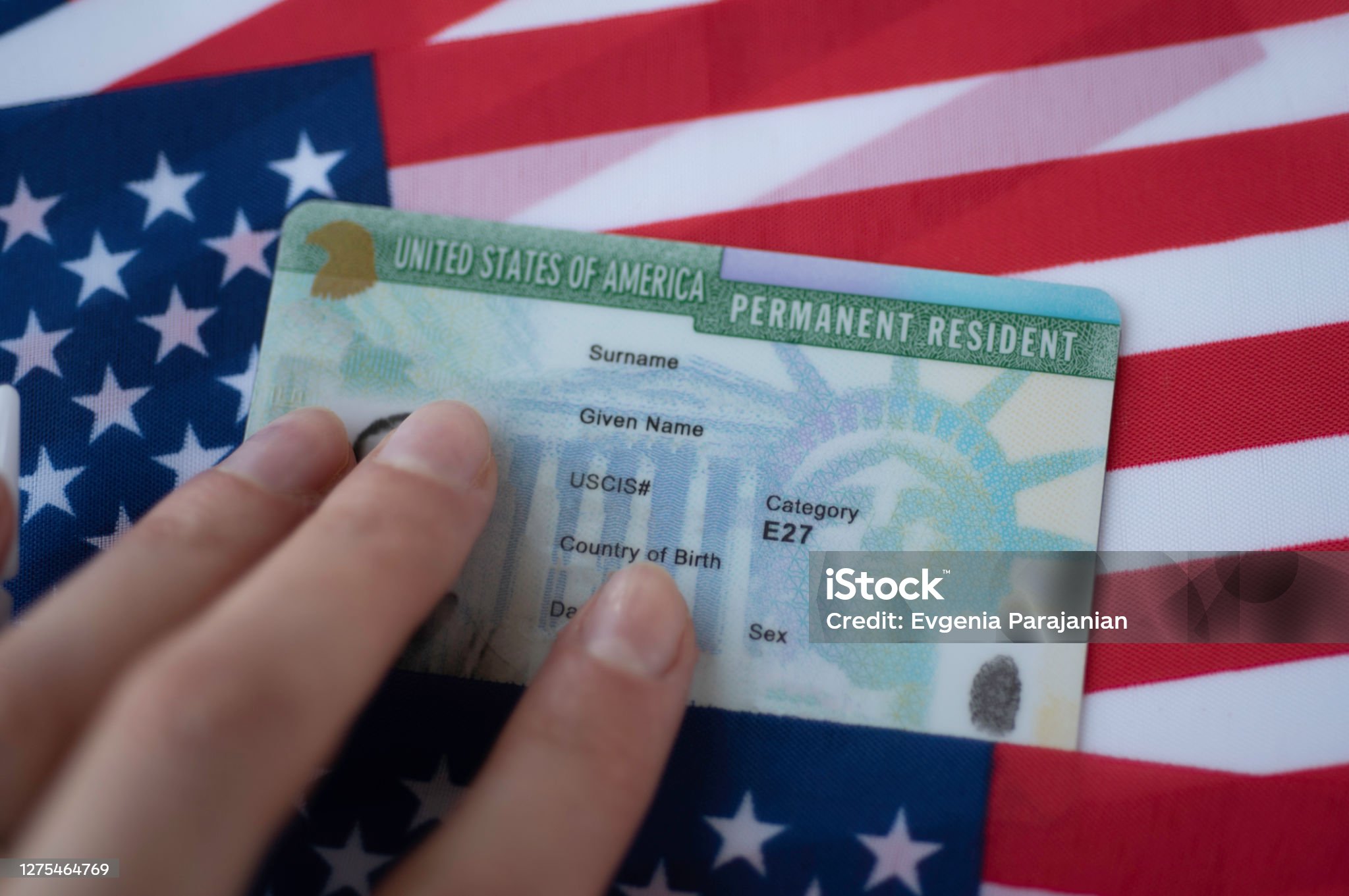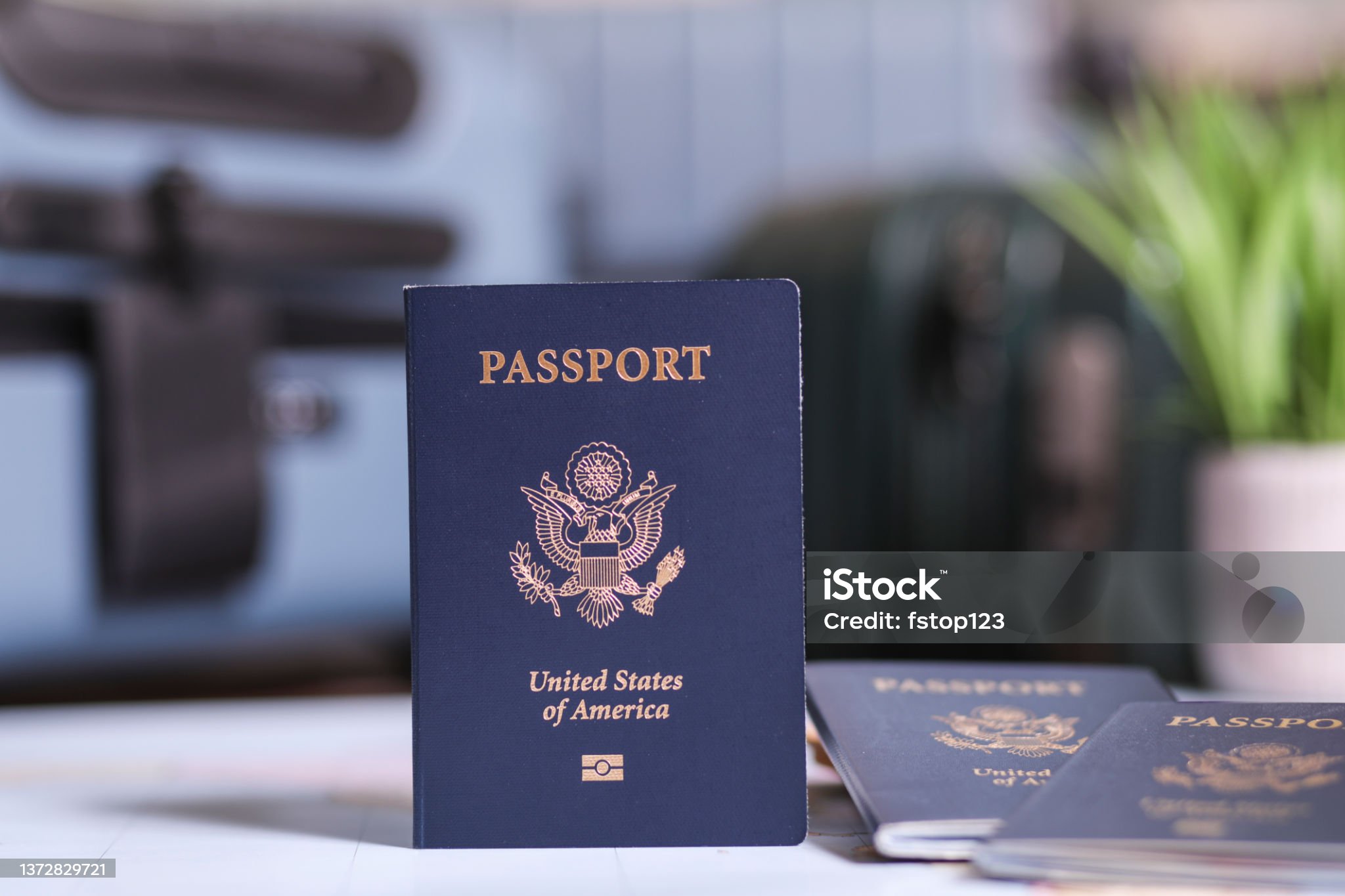Understanding Secure Identification Methods in Modern Times and Emerging Trends
Understanding Secure Identification Methods in Modern Times and Emerging Trends
Blog Article

1. Introduction to Personal Identification Documents
Personal identification documents are crucial for both individuals and society. Serving as "permissions" and "access tools," these documents ensure smooth societal operations. There are different kinds of identification documents, and each of them signifies a particular aspect. For example, a copyright serves as proof that a person can legally drive, and a copyright proves citizenship and allows entry into the country. Such documents hold significant personal importance and facilitate transactions such as employment, services, insurance acquisition, and car rentals. Many times, financial institutions might wish to view such documentation if the borrower seems untrustworthy or lacks a solid credit history. Such identification serves dual purposes: proof of identity and legal authorization for various activities.
Identification documents weren't always as integral to daily life as they are in modern times. Their significance has evolved with the changing legal and security landscapes. Technological advancements enable organizations to develop advanced secure systems that outpace public ID technology. Numerous nations are transitioning to biometric-based standards for national IDs. A few countries have already put electronic exit systems into practice.
Personal identification documents act as formal proof of legal status. The "real identification" acknowledged universal documents include passports, copyright, copyright, and driver's licenses at both the international and national levels. People often securely store their critical identification documents so that they can readily access them at a moment's notice.
This discussion addresses the legitimacy and importance of certain documents such as IDP, Real ID, copyright, copyright, copyright, and resident permits to increase awareness of their relevance. Both educators and the public should be familiar with these documents, as this information could prove valuable in safeguarding or recovering lost documents. The content here is directed at both domestic and international audiences, aiming to ensure they possess the vital documents necessary for their knowledge and ideals.
2. Legal Framework and Regulations Governing Identification Documents
Identification documents are governed by laws and regulations that vary from one jurisdiction to another. Documents are issued directly to individuals by an issuing authority and under specific guidelines and rules intended to keep the integrity and accuracy of the document. In some cases, identification documents may be required, but in other instances, they are used as optional verification or validation. The individual must comply with the regulations for the jurisdiction where the document is intended to be used. In summary, it is important for individuals to be aware of the specific legal guidelines relevant to them in any jurisdiction where they plan to engage in transactions or utilize these documents. For the most part, state or local government agencies are responsible for issuing, regulating, and limiting specific documents for designated transactions.
However, the differences in identification requirements across jurisdictions may interfere with international travel and commerce. It is, therefore, a global concern when people feel wholly alienated when they travel from one country to another and do not comprehend the rules and regulations regarding identification documents. While it is impractical to list the identification rules for every country here, it is crucial to recognize that with 200 countries and billions of travelers, knowing these rules is essential for global business and travel. By not following the rules, individuals may find themselves in conflict with another country’s laws, and that is where the rules of reciprocity and international legality come into play. Failure to comply could cause legal implications, both civil and criminal, by infringing on laws about identity, privacy, commerce, trade, and human rights.
The balancing of public policies with protected rights can be complicated when establishing security standards for identification in travel. In some cases, human rights might clash with security policies requiring the highest levels of identification documentation in the fight against terrorism. In recent years, the introduction of digital mobile driver’s licenses has pushed countries to clarify or draft laws governing their usage, as technology in this area continues to advance. The next frontier for global travel may lie in the widespread use of digital identification documents. Despite the shift towards mobile driver’s licenses, there will still be a requirement for passports for a significant period of time. 
The standard and evolution of mobile driver licenses and digital ID is occurring too. For example, nearly two years after California's law on mobile copyright requirements, stakeholders are set to finalize regulations for the first official state mobile driver’s license.
3. Comparative Study of International Driver’s License, Real ID, copyright, copyright, copyright, and Resident Permit
An International Driver’s License serves as a form of identification for individuals driving in foreign countries. Neither IDP the United Nations nor the International Non-Governmental Organization ever made the International Driver’s License to facilitate travel within a group of states.
The Real ID is primarily used as an ID for boarding domestic flights, in line with state driver’s licenses and ID cards that meet national criteria. In addition to domestic travel, the Real ID can be used to enter federal sites and nuclear plants. It is important to note that the Real ID is not a substitute for travel documents like passports, visas, or resident permits. Even though some individuals could use it overseas for identification or birth date verification, its main function is for domestic travel within the United States.
More specifically, passports are in the United States a form of original rather than derived identification. Passports were developed to ensure citizen safety abroad and aid in travel for diplomatic reasons, treaty negotiations, or international matters of concern. This is the official, often administrative, use. Of course, the copyright has bureaucratic as well as personal applications. In order to travel abroad, especially across state borders, but in some states inter-regionally, the traveler is required to not only hold a copyright but also fulfill additional conditions.
The copyright is an official document provided at birth, which is necessary to obtain passports and other types of identification. In comparison, copyright and passports might appear to serve similar purposes. However, a copyright has ongoing effects. Also, even if used to obtain a copyright, a copyright cannot lead to obtaining a “second copyright”. A copyright is irrelevant to obtaining a second copyright unless it involves taking on an illegal nationality.
4. Security Features and Anti-Fraud Measures in Identification Documents
Several security measures are in place to prevent the counterfeiting, modification, and fraudulent usage of identification documents. For example, many ID cards and documents include advanced features like holograms, layered images, and laser-etched designs. Other cards may contain an embedded RFID chip with a stored digital image and other biometric information.
Many security features are either hidden or semi-hidden, such as special inks, watermarks, or microtext. Such security features are put in place to make ID documents extremely hard to copyright or alter. 
Typically, the security level of an identification document needs to match the trust or authority level it represents. For instance, a copyright doesn’t need the same high-level security features as a copyright, which is primarily used for international travel.
Advances in technology have driven the creation of more advanced security elements for ID documents. It is important to actively promote and adapt new security features and issuance practices whenever possible to stay ahead of potential counterfeiters and fraudsters.
Moreover, it is also important to continually evaluate existing and potential security features and issuance methods. This evaluation helps ensure that identification security keeps up with emerging threats and advancements that might compromise the document's integrity.
Furthermore, an effective anti-fraud document security program should focus on proactive as well as reactive strategies. Proactive measures can include workshops, public service announcements, educational outreach, and security conferences.
5. Summary and Future Developments in Identification Document Technology
This article explores the wide range of identification documents used globally. Identification documents must be examined from a technical angle, including security features and verification, as well as from a legal viewpoint concerning their legitimacy in courts.
Research indicates that opinions on the quality of identification documents and their verification worth differ depending on the context of use. It would also be interesting to examine through ethnographic methods how the definition of a “good” identification document varies by country. Comparative work also provides insight into how the legitimacy of identification documents can vary even in countries with similar political, social, and economic systems.
The future of identification documents is undergoing significant change, driven by advances in digital technology. Digital technology is consistently improving the security and service potential of secure documents like electronic IDs (eIDs), in line with the widespread use of mobile devices. Key developments in this technological shift involve biometrics and blockchain technology as part of secure identification systems.
The use of biometrics, particularly with “liveness” detection, will ensure accurate identity verification through real-time data collection, eliminating the risk of digital identity theft. This technology may push beyond the boundaries of human rights recognized under international law and constitutional frameworks. This access should be kept as private as possible and subject to individual consent.
Digital identity systems may cause exclusion concerns, particularly for those who lack easy access to them. Not everyone is able to easily obtain a digital identity. A so-called “identity gap” has emerged due to technological advances, which lead to unequal levels of access to identity verification across different parts of society.
Digital identity systems should be more systematically compared with physical identification documents. So, apart from verifying identity, digital identity databases also serve to verify risk levels associated with different transactions. Further research is needed to explore how offline verification rights translate into the digital identity space.